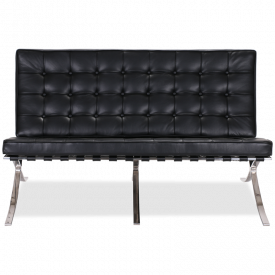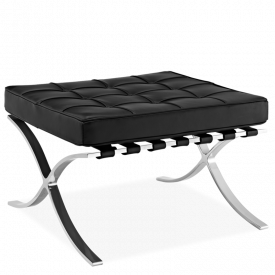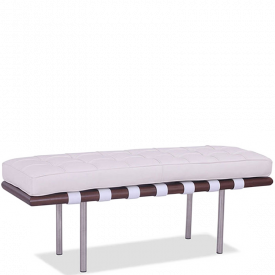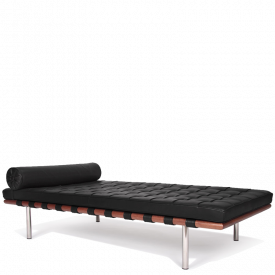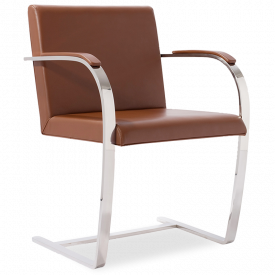Mies Van Der Rohe
Ludwig Mies van der Rohe commonly referred to as Mies, was a German-American architect born in 1886. He broke new ground with his architectural designs. While tenured as head of the architecture department at the Illinois Institute of Technology (IIT), he influenced an entire generation of architects. He designed one of his most famous buildings—the Barcelona Pavilion—as the German Pavilion for the 1929 International Exposition in Spain. His daring furniture designs exhibit an unerring sense of proportion as well as minimalist forms and exquisitely refined details. Together with his collaboration with Lilly Reich, he was able to design modern furniture pieces using new industrial technologies that have become popular classics. His furniture is known for fine craftsmanship, a mix of traditional luxurious fabrics like leather combined with modern chrome frames, and a distinct separation of the supporting structure and the supported surfaces, often employing cantilevers to enhance the feeling of lightness created by delicate structural frames. Mies died on August 17, 1969 after a long battle with esophageal cancer. Many of his impressive structures still stand today, wowing visitors with their innovative design.
The name Mies Van Der Rohe is only used to describe the characteristics of the goods made to the original design, and not as a trademark.


